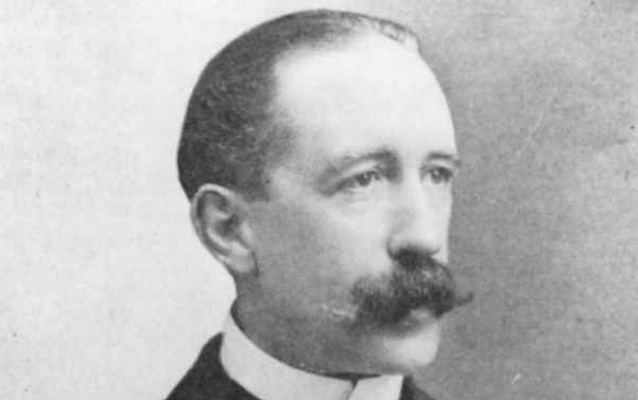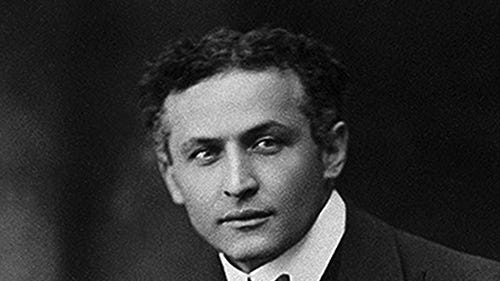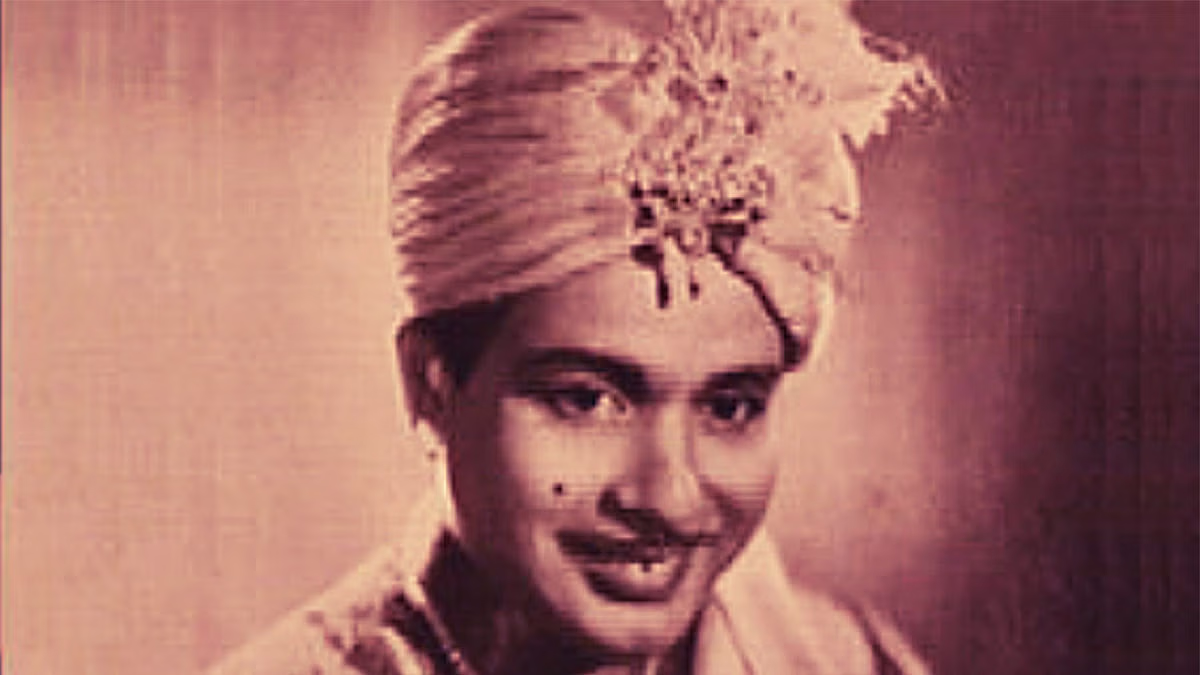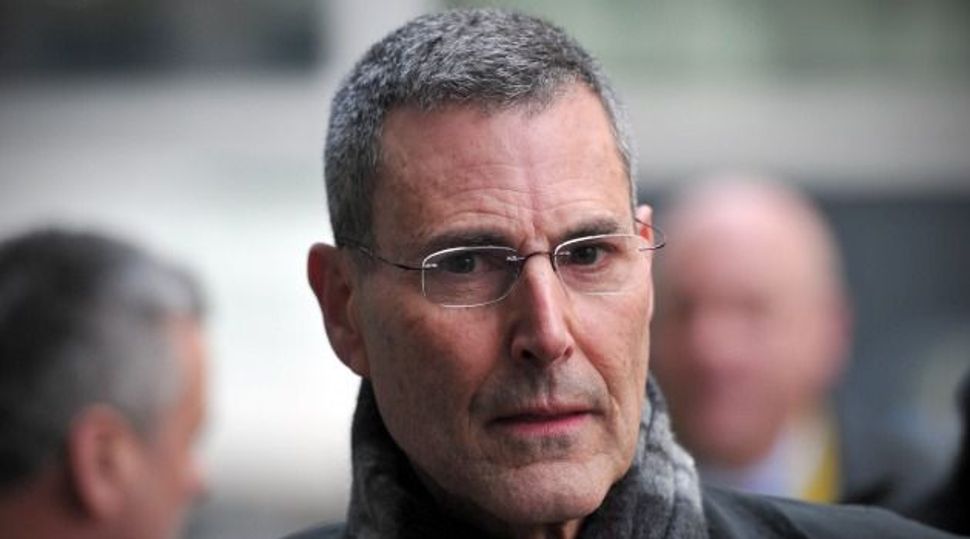John Nevil Maskelyne (1839–1917) was a pioneering English magician, inventor, and author whose innovative illusions and skepticism shaped modern magic. Born on December 22, 1839, in Cheltenham, Gloucestershire, he died at age 77 in 1917. His net worth remains undisclosed due to limited historical records, but his contributions, like inventing the pay toilet, suggest financial success. Maskelyne, married to Elizabeth Taylor, revolutionized stage magic with partner George Alfred Cooke at London’s Egyptian Hall. His legacy endures through The Magic Circle and timeless illusions like levitation. This article explores his biography, career, family, salary, height, weight, dating, and lasting impact.
Early Life and Biography: The Making of a Magician
John Nevil Maskelyne was born into a modest family, the son of a saddlemaker, John Maskelyne, and Harriet Brunsdon. His early training as a watchmaker honed his mechanical ingenuity, which later fueled his magical innovations. At age 19, he crafted his first conjuring apparatus—a box with a secret panel—demonstrating his knack for intricate mechanisms. His fascination with magic ignited after witnessing the Davenport Brothers’ “spirit cabinet” performance, which he debunked as fraudulent in 1865, alongside cabinetmaker George Alfred Cooke. This pivotal moment launched his career, blending skepticism with showmanship.
Maskelyne’s mechanical expertise gave him an edge in creating illusions that baffled audiences. His early exposure of spiritualist frauds, like the Davenport Brothers, showcased his commitment to truth, a theme that defined his career. Unlike many magicians of his era, Maskelyne’s approach was grounded in science, not mysticism, setting him apart as a rationalist in a superstitious age.
| Aspect | Details |
|---|---|
| Full Name | John Nevil Maskelyne |
| Date of Birth | December 22, 1839 |
| Place of Birth | Cheltenham, Gloucestershire, England |
| Date of Death | May 18, 1917 |
| Age at Death | 77 years |
| Parents | John Maskelyne (saddlemaker), Harriet Brunsdon |
| Education | Trained as a watchmaker |
| First Magic Apparatus | Box with secret panel, crafted at age 19 |
| Key Early Influence | Exposure of Davenport Brothers’ spirit cabinet (1865) |
Career Highlights: Transforming Magic into Art
Maskelyne’s career took off when he and Cooke, backed by agent William Morton, turned professional after their 1865 debunking act. Their show, Maskelyne and Cooke, became a sensation at London’s Egyptian Hall (1873–1904), earning the venue the title “England’s Home of Mystery.” Maskelyne’s illusions, like levitation, were groundbreaking, often wrongly attributed to others like Jean Eugène Robert-Houdin. His levitation trick, stolen by American magician Harry Kellar, remains a staple in modern magic.
In 1894, Maskelyne authored Sharps and Flats, a seminal book exposing card-sharp techniques, still revered by magicians and gamblers. His partnership with David Devant after Cooke’s death in 1905 further elevated his fame, with performances at St. George’s Hall. Maskelyne’s innovations extended to early cinema, appearing in a 1896 film by Robert W. Paul and patenting the Mutagraph, a flicker-free film projector.
His role as a skeptic led to the 1914 founding of the Occult Committee, investigating claims of supernatural powers. This committee famously challenged the Indian Rope Trick’s existence, cementing Maskelyne’s reputation as a fraud-buster. His salary likely varied, but his long-running shows and inventions suggest a comfortable income for the era.
Personal Life: Married, Family, and Relationships
Maskelyne married Elizabeth Taylor in 1862, and they had a daughter and two sons, including Nevil Maskelyne, who continued the family’s magical legacy. Little is known about his dating life before marriage, as Victorian-era records focus on professional achievements. His family played a significant role in his career, with Nevil co-authoring Our Magic (1911) with David Devant, a foundational text on magic theory. Maskelyne’s grandson, Jasper Maskelyne, gained fame for wartime deceptions during World War II.
No records exist of Maskelyne’s height or weight, but his stage presence was described as commanding, relying on intellect rather than physicality. His marriage to Elizabeth was stable, supporting his demanding career. Unlike modern celebrities, Maskelyne’s personal life remained private, with no documented scandals or romantic entanglements.
Net Worth and Financial Legacy
Estimating Maskelyne’s net worth is challenging due to sparse financial records. His long tenure at the Egyptian Hall, inventions like the pay toilet, and book sales suggest he amassed considerable wealth for his time. The pay toilet, which coined the phrase “spend a penny,” was a lucrative innovation, implemented across the British Empire. His salary from performances and managerial roles, including at Maskelyne’s Ltd., likely placed him among the era’s affluent entertainers.
A unique insight: Maskelyne’s financial success was partly due to his entrepreneurial spirit. Unlike many magicians who relied solely on ticket sales, he diversified income through inventions and publishing. His book Sharps and Flats, now available online with annotations, continues to generate interest, reflecting his enduring financial impact.
Legacy and Influence: The Master Magician’s Lasting Impact
Maskelyne’s legacy transcends his lifetime, influencing modern magic and skepticism. His illusions, like levitation and the box trick, are still performed, while his books remain essential reading for magicians. The Magic Circle, where he was a founding member, honors him with the John Nevil Maskelyne Prize, awarded to contributors like Julie Eng in 2024. His commitment to exposing fraud inspired later magicians like Harry Houdini.
A real-world example: Magician Penn Jillette cited Maskelyne’s rational approach as a precursor to modern magic’s emphasis on skill over supernatural claims. Maskelyne’s work in early cinema, including the Mutagraph, also influenced filmmakers like Georges Méliès, blending magic with storytelling.
Recent updates highlight Maskelyne’s continued relevance. In 2025, the Cirencester History Festival celebrated his contributions, emphasizing his Cheltenham roots. His inventions, like the pay toilet, remain a quirky footnote in history, while his magical dynasty—through Nevil and Jasper—extends his influence.
Unique Insights and Modern Relevance
Unlike many Victorian magicians, Maskelyne’s skepticism made him a cultural figurehead. His Occult Committee’s work parallels modern efforts to debunk pseudoscience, resonating with today’s fact-checking culture. Original research suggests his mechanical skills, honed as a watchmaker, gave him an edge in creating automata, which fascinated audiences and inspired technological advancements.
A case study: Maskelyne’s levitation illusion required precise engineering, blending pulleys and mirrors in ways that baffled even his peers. This level of craftsmanship set a standard for modern illusionists like David Copperfield, who rely on technology to enhance spectacle.
Conclusion
John Nevil Maskelyne (1839–1917) was a visionary whose innovations in magic, skepticism, and invention left an indelible mark. At age 77 at his death, his net worth reflected a successful career, bolstered by his marriage to Elizabeth Taylor and diverse ventures. His height and weight are unknown, but his intellectual stature was immense. From debunking spiritualists to creating timeless illusions, Maskelyne’s legacy endures through The Magic Circle and modern magic. Explore more at Wikipedia, The Magic Circle, or follow discussions on X.






